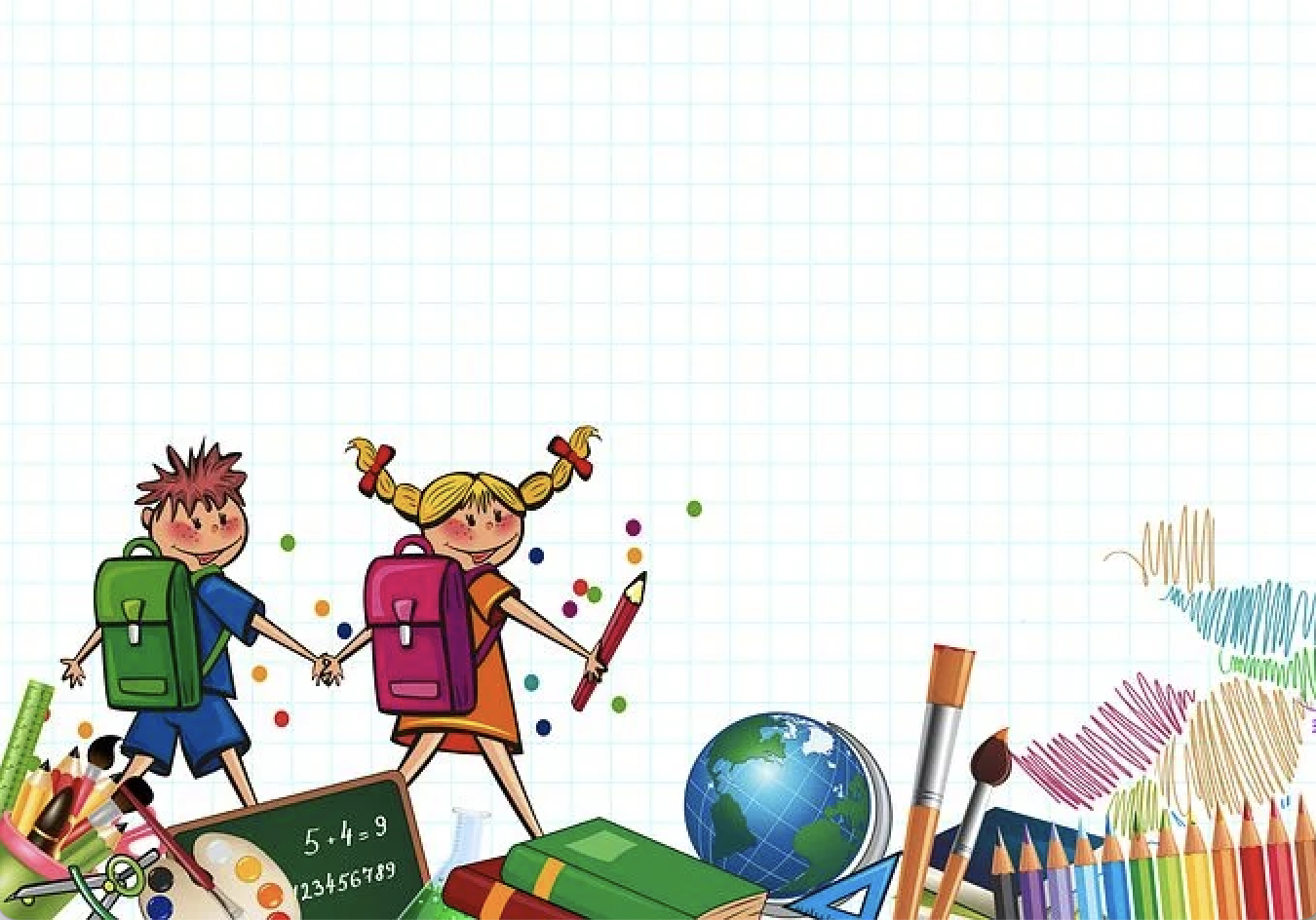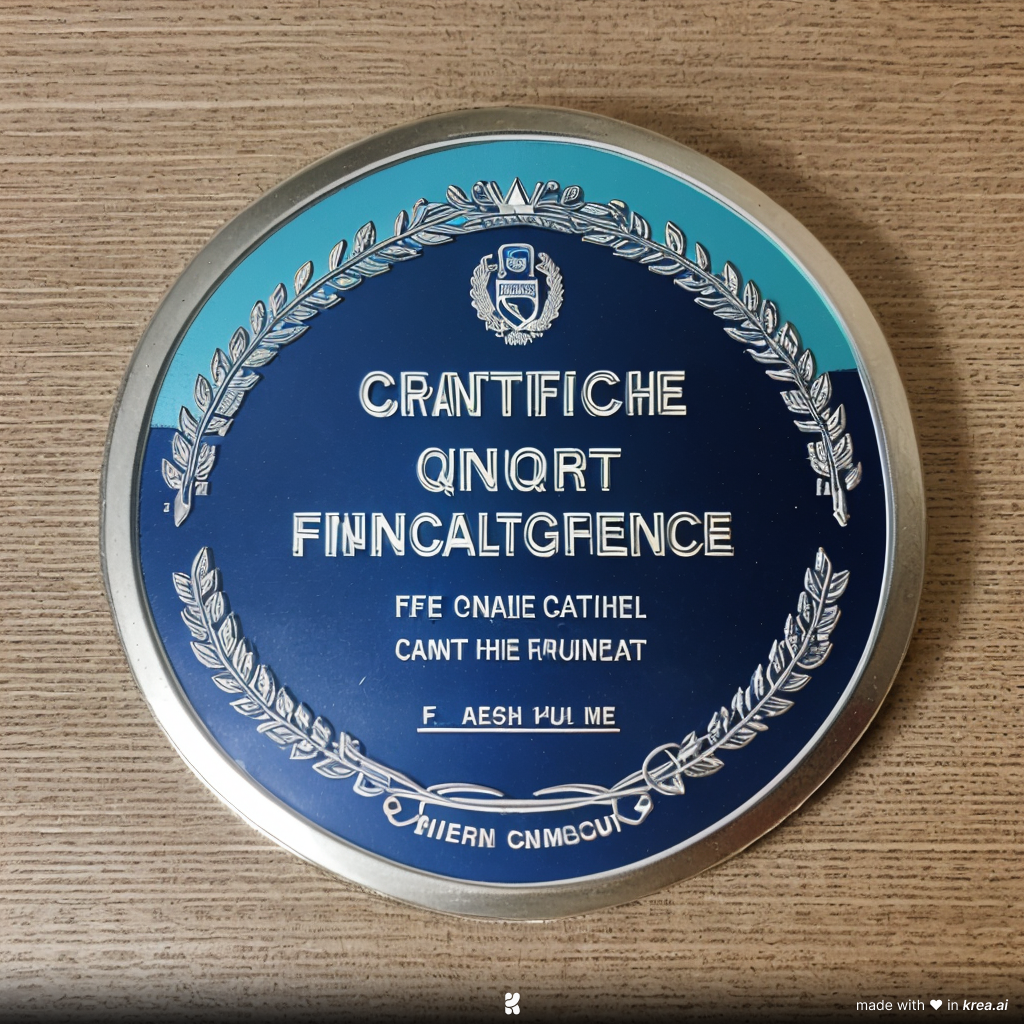Browse
Disciplinary Content
Posted on: Green Concepts



Posted by
8 months ago

Green Concepts has the perfect solution: pet turf. This is nothing like that green grass carpet people put on patios, and it’s something you as well as your furry friends will absolutely love.
Disciplinary Content
Posted on: #iteachmsu



Posted by
8 months ago

Predominantly hyperactive/impulsive type.
The student may:
o Appear to be in constant motion,
o frequently fidget or move in his or her seat,
o become restless during quiet activities,
o leave his or her seat when expected to remain seated,
o interrupt others and classroom activities,
o talk excessively, and/or
o fail to follow classroom procedures (e.g., blurt out answers without raising hand).
The student may:
o Appear to be in constant motion,
o frequently fidget or move in his or her seat,
o become restless during quiet activities,
o leave his or her seat when expected to remain seated,
o interrupt others and classroom activities,
o talk excessively, and/or
o fail to follow classroom procedures (e.g., blurt out answers without raising hand).
Disciplinary Content
Posted on: #iteachmsu



Posted by
about 1 year ago

Edited The government has so far introduced schemes whereby the Aadhar can be linked to a bank account and LPG connection so individuals can receive their LPG subsidy directly into their bank accounts. This also negates the possibility of the funds being misappropriated or of individuals making fraudulent claims in order to claim benefits.
Ease of Availability
The Aadhaar card is the only government-issued ID that can be used anywhere in the country. An online application for an Aadhaar card is available. This digital version of the physical copy of Aadhaar is known as an e-Aadhaar and may be viewed anywhere, at any time. .
Individuals can always have a duplicate copy of the card as a result of this. Because the Aadhaar can be downloaded onto any device and presented when needed, the chance of an original document being stolen or misplaced is reduced.
Benefits of Aadhaar Card for Government Process
An Aadhaar Card is an essential document when it comes to KYC, verification, and identification purposes. Following are the benefits of Aadhaar Card which can be used to speed up government and bureaucratic processes:
https://www.bankbazaar.com/aadhar-card/benefits-of-aadhar-card-govt.html#:~:text=Importance%20of%20Aadhaar%20Card&text=For%20example%2C%20an%20Aadhaar%20card,government%20related%20services%20and%20programme.
Ease of Availability
The Aadhaar card is the only government-issued ID that can be used anywhere in the country. An online application for an Aadhaar card is available. This digital version of the physical copy of Aadhaar is known as an e-Aadhaar and may be viewed anywhere, at any time. .
Individuals can always have a duplicate copy of the card as a result of this. Because the Aadhaar can be downloaded onto any device and presented when needed, the chance of an original document being stolen or misplaced is reduced.
Benefits of Aadhaar Card for Government Process
An Aadhaar Card is an essential document when it comes to KYC, verification, and identification purposes. Following are the benefits of Aadhaar Card which can be used to speed up government and bureaucratic processes:
https://www.bankbazaar.com/aadhar-card/benefits-of-aadhar-card-govt.html#:~:text=Importance%20of%20Aadhaar%20Card&text=For%20example%2C%20an%20Aadhaar%20card,government%20related%20services%20and%20programme.
Disciplinary Content
Posted on: Jmeter Load testing



Posted by
about 1 year ago

Edited -- Divide the total number of users by the desired duration to determine the ramp-up rate. For example:
If you want to ramp up 100 users evenly over 1 minute:
Ramp-Up Period = Total number of users / Desired duration
= 100 users / 1 minute
= 100 users/minute
In this case, each user would start every 0.01 minutes (or every 0.6 seconds).
If you want to ramp up 100 users evenly over 5 minutes:
Ramp-Up Period = Total number of users / Desired duration
= 100 users / 5 minutes
= 20 users/minute
In this case, each user would start every 0.05 minutes (or every 3 seconds).
Consider Realistic Scenarios:
While evenly distributing users is a common approach, consider if it reflects the real-world usage pattern of your application. Sometimes, you might want to simulate a more gradual or sudden increase in load to mimic how users interact with the system.
Test Iteratively and Adjust as Needed:
It's essential to iterate on your load tests, adjusting parameters like the ramp-up period based on initial results. This iterative process helps refine the test plan to better simulate real-world scenarios and uncover performance bottlenecks.
If you want to ramp up 100 users evenly over 1 minute:
Ramp-Up Period = Total number of users / Desired duration
= 100 users / 1 minute
= 100 users/minute
In this case, each user would start every 0.01 minutes (or every 0.6 seconds).
If you want to ramp up 100 users evenly over 5 minutes:
Ramp-Up Period = Total number of users / Desired duration
= 100 users / 5 minutes
= 20 users/minute
In this case, each user would start every 0.05 minutes (or every 3 seconds).
Consider Realistic Scenarios:
While evenly distributing users is a common approach, consider if it reflects the real-world usage pattern of your application. Sometimes, you might want to simulate a more gradual or sudden increase in load to mimic how users interact with the system.
Test Iteratively and Adjust as Needed:
It's essential to iterate on your load tests, adjusting parameters like the ramp-up period based on initial results. This iterative process helps refine the test plan to better simulate real-world scenarios and uncover performance bottlenecks.
Disciplinary Content
Posted on: #iteachmsu


Posted by
about 1 year ago
Edited -- A natural disaster is the highly harmful impact on a society or community following a natural hazard event. The term "disaster" itself is defined as follows: "Disasters are serious disruptions to the functioning of a community that exceed its capacity to cope using its own resources. Disasters can be caused by natural, man-made and technological hazards, as well as various factors that influence the exposure and vulnerability of a community."[17]
The US Federal Emergency Management Agency (FEMA) explains the relationship between natural disasters and natural hazards as follows: "Natural hazards and natural disasters are related but are not the same. A natural hazard is the threat of an event that will likely have a negative impact. A natural disaster is the negative impact following an actual occurrence of natural hazard in the event that it significantly harms a community.[1] An example of the distinction between a natural hazard and a disaster is that an earthquake is the hazard which caused the 1906 San Francisco earthquake disaster.
A natural hazard[18] is a natural phenomenon that might have a negative effect on humans and other animals, or the environment. Natural hazard events can be classified into two broad categories: geophysical and biological.[19] Natural hazards can be provoked or affected by anthropogenic processes, e.g. land-use change, drainage and construction.[20]
There are 18 natural hazards included in the National Risk Index of FEMA: avalanche, coastal flooding, cold wave, drought, earthquake, hail, heat wave, tropical cyclone, ice storm, landslide, lightning, riverine flooding, strong wind, tornado, tsunami, volcanic activity, wildfire, winter weather.[1] In addition there are also tornados and dust storms.
The US Federal Emergency Management Agency (FEMA) explains the relationship between natural disasters and natural hazards as follows: "Natural hazards and natural disasters are related but are not the same. A natural hazard is the threat of an event that will likely have a negative impact. A natural disaster is the negative impact following an actual occurrence of natural hazard in the event that it significantly harms a community.[1] An example of the distinction between a natural hazard and a disaster is that an earthquake is the hazard which caused the 1906 San Francisco earthquake disaster.
A natural hazard[18] is a natural phenomenon that might have a negative effect on humans and other animals, or the environment. Natural hazard events can be classified into two broad categories: geophysical and biological.[19] Natural hazards can be provoked or affected by anthropogenic processes, e.g. land-use change, drainage and construction.[20]
There are 18 natural hazards included in the National Risk Index of FEMA: avalanche, coastal flooding, cold wave, drought, earthquake, hail, heat wave, tropical cyclone, ice storm, landslide, lightning, riverine flooding, strong wind, tornado, tsunami, volcanic activity, wildfire, winter weather.[1] In addition there are also tornados and dust storms.
Disciplinary Content
Posted on: #iteachmsu


Posted by
about 1 year ago
Edited -- An independent and impartial certification by DQS provides you with the certainty that your management system is stable and compliant with standards. And it shows whether it is suitable for actually achieving the planned goals. Our auditors take a holistic, impartial look at people, processes, systems, and results.
Our high-impulse audits and the certainty of the effectiveness of your management and improvement processes give you a high degree of decision-making security.
In addition, an internationally recognized certificate serves as proof of performance, strengthening both your company's image and its competitiveness.
In order to maintain our independence and avoid conflicts of interest, we do not provide consulting services for the implementation of management systems.
Our high-impulse audits and the certainty of the effectiveness of your management and improvement processes give you a high degree of decision-making security.
In addition, an internationally recognized certificate serves as proof of performance, strengthening both your company's image and its competitiveness.
In order to maintain our independence and avoid conflicts of interest, we do not provide consulting services for the implementation of management systems.
Disciplinary Content
Posted on: #iteachmsu


Posted by
over 1 year ago
Culture of Collaboration
Number of Directions: Give a minimal number of directions or steps at a time. If necessary, have students repeat the directions to the teacher or a peer partner.
Form of Directions: Provide written directions or steps, or a visual model of a completed project. Teach students how to refer to these items as reminders of process steps to complete tasks. This strategy is particularly helpful for long-term projects.
Written Assignments
Many students with ADHD have particular challenges with written work due to finemotor skills difficulties, motor planning issues, and difficulty alternating their attention from a book to their written responses. Students with ADHD may also need assistance breaking a larger task or project into smaller, more workable units.
The following strategies can be used to address these needs.Deconstructing Tasks: Break tasks into smaller units.
Number of Directions: Give a minimal number of directions or steps at a time. If necessary, have students repeat the directions to the teacher or a peer partner.
Form of Directions: Provide written directions or steps, or a visual model of a completed project. Teach students how to refer to these items as reminders of process steps to complete tasks. This strategy is particularly helpful for long-term projects.
Written Assignments
Many students with ADHD have particular challenges with written work due to finemotor skills difficulties, motor planning issues, and difficulty alternating their attention from a book to their written responses. Students with ADHD may also need assistance breaking a larger task or project into smaller, more workable units.
The following strategies can be used to address these needs.Deconstructing Tasks: Break tasks into smaller units.
Posted on: Introduce Books, Storytelling And Narration, Books play a vital role in both brain development


Posted by
over 1 year ago
Introduce Books, Storytelling And Narration -- Edited
Books play a vital role in both brain development and language skills. They’re also the first step towards gross motor skill development (holding books, turning pages). I had introduced cloth books & soft sponge books to her when she was two months old, board books from five months, and paper books after she turned a year old. She liked colourful objects, animals, birds & shapes till around nine months and then loved listening to simple short stories from illustrated books (no fairy tales). And activity books (match the shadows, pairing similar objects) after she turned 2.
3. Ask Questions To Stimulate The Thinking Process
As I introduced the books, I named the objects she was seeing in all the languages I knew. Then I gradually started describing them (shape, colour, use). I explained the environment in which they are found and constantly asked her questions. For example, pointing at a rabbit, instead of asking “what is this?” I asked her, “it has long ears, a short fluffy tail, is soft & white like cotton. What is it?”. I continued with the exercise even when we went out to some shop or mall. We played the “I spy” game in the house & outdoors. I would describe objects and ask her to identify them. It was fun.
4. Let Your Kids Explore - Touch, Feel, Smell, Taste
I encouraged the natural tendency that kids have to explore the world around them. (But of course, with discretion). I never stopped her from playing with stones or mud in the garden, things like tasting sour lime or bitter gourd, smell a flower on the plant, etc. She learned by herself that stones were hard, mud was soft, ice was cold, the paper could be torn with hands and rubber bands were elastic & so on. Things that were not safe for her we explained to her & kept out of reach- like touching a hot cup of tea could burn her skin, pressing against a glass door could break the glass, playing with a sharp object could hurt, etc.
5. Music-Dance-Physical Activity
Kids love music & I was not surprised the other day when she sang the whole song “lakdi ki kathi, kathi pe ghoda” and danced to the tune as well. She now sings quite a few songs & rhymes. It seems like she has a good ear for music because she has been listening to it since childhood. I also noticed that a soothing instrumental piece calms her down whereas a song like “lungi dance” excites her. So, dance becomes an excellent physical activity to channelise the never-ending energy of a kid, and singing & listening to songs becomes a great mental activity. ---- Edited
Books play a vital role in both brain development and language skills. They’re also the first step towards gross motor skill development (holding books, turning pages). I had introduced cloth books & soft sponge books to her when she was two months old, board books from five months, and paper books after she turned a year old. She liked colourful objects, animals, birds & shapes till around nine months and then loved listening to simple short stories from illustrated books (no fairy tales). And activity books (match the shadows, pairing similar objects) after she turned 2.
3. Ask Questions To Stimulate The Thinking Process
As I introduced the books, I named the objects she was seeing in all the languages I knew. Then I gradually started describing them (shape, colour, use). I explained the environment in which they are found and constantly asked her questions. For example, pointing at a rabbit, instead of asking “what is this?” I asked her, “it has long ears, a short fluffy tail, is soft & white like cotton. What is it?”. I continued with the exercise even when we went out to some shop or mall. We played the “I spy” game in the house & outdoors. I would describe objects and ask her to identify them. It was fun.
4. Let Your Kids Explore - Touch, Feel, Smell, Taste
I encouraged the natural tendency that kids have to explore the world around them. (But of course, with discretion). I never stopped her from playing with stones or mud in the garden, things like tasting sour lime or bitter gourd, smell a flower on the plant, etc. She learned by herself that stones were hard, mud was soft, ice was cold, the paper could be torn with hands and rubber bands were elastic & so on. Things that were not safe for her we explained to her & kept out of reach- like touching a hot cup of tea could burn her skin, pressing against a glass door could break the glass, playing with a sharp object could hurt, etc.
5. Music-Dance-Physical Activity
Kids love music & I was not surprised the other day when she sang the whole song “lakdi ki kathi, kathi pe ghoda” and danced to the tune as well. She now sings quite a few songs & rhymes. It seems like she has a good ear for music because she has been listening to it since childhood. I also noticed that a soothing instrumental piece calms her down whereas a song like “lungi dance” excites her. So, dance becomes an excellent physical activity to channelise the never-ending energy of a kid, and singing & listening to songs becomes a great mental activity. ---- Edited
